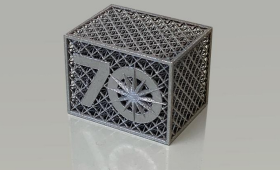LLNL engineers and scientists have developed a method for detecting and predicting strut defects in 3D-printed metal lattice structures during a print through a combination of monitoring, imaging techniques and multi-physics simulations.
Science and Technology
in the News
Science and Technology
in the News
News Center

A new review of the current breakthroughs in the creation of electron-positron pair plasma, its main challenges and the future of the field, co-authored authored by LLNL physicist Hui Chen appears in Physics of Plasmas
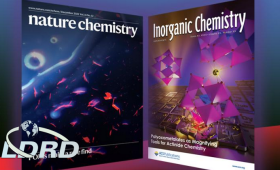
A new approach developed at LLNL allows for the study of radioactive and/or precious elements in a much more efficient way, requiring 1,000 times less materials than previous state-of-the-art methods, without compromising the data quality.
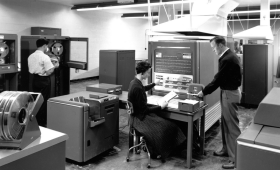
LLNL mathematician helps FORTRAN became the first computer language standard, opening the door to modern computing.
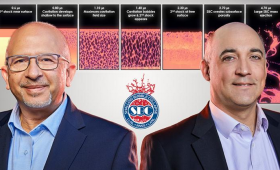
New research led by Lawrence Livermore National Laboratory provides a better understanding of ejecta production, which has been the subject of broad interest for more than 60 years throughout the scientific community.
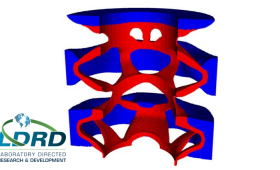
Engineers at LLNL have taken major strides towards closing the gap between the Lab’s manufacturing and design capabilities.
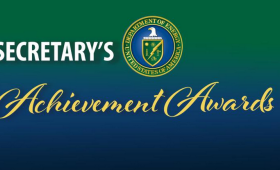
LLNL employees, participating in five project teams, recently earned Department of Energy (DOE) Secretary’s Honor Achievement Awards.
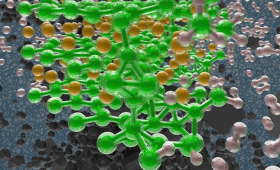
A collaboration including scientists from LLNL, Sandia National Laboratories, the Indian Institute of Technology Gandhinagar and Lawrence Berkeley National Laboratory has created 3-4 nanometer ultrathin nanosheets of a metal hydride that increase hydrogen storage capacity.

The American Chemical Society recently elected LLNL’s Annie Kersting to serve as vice chair of the Division of Nuclear Chemistry and Technology for a three-year term.

In collaboration with an international team, LLNL scientists looked at the isotopic composition of oxygen, carbon and manganese-chromium in two asteroid particles to help determine the source of the water and timing of the chemical reactions

